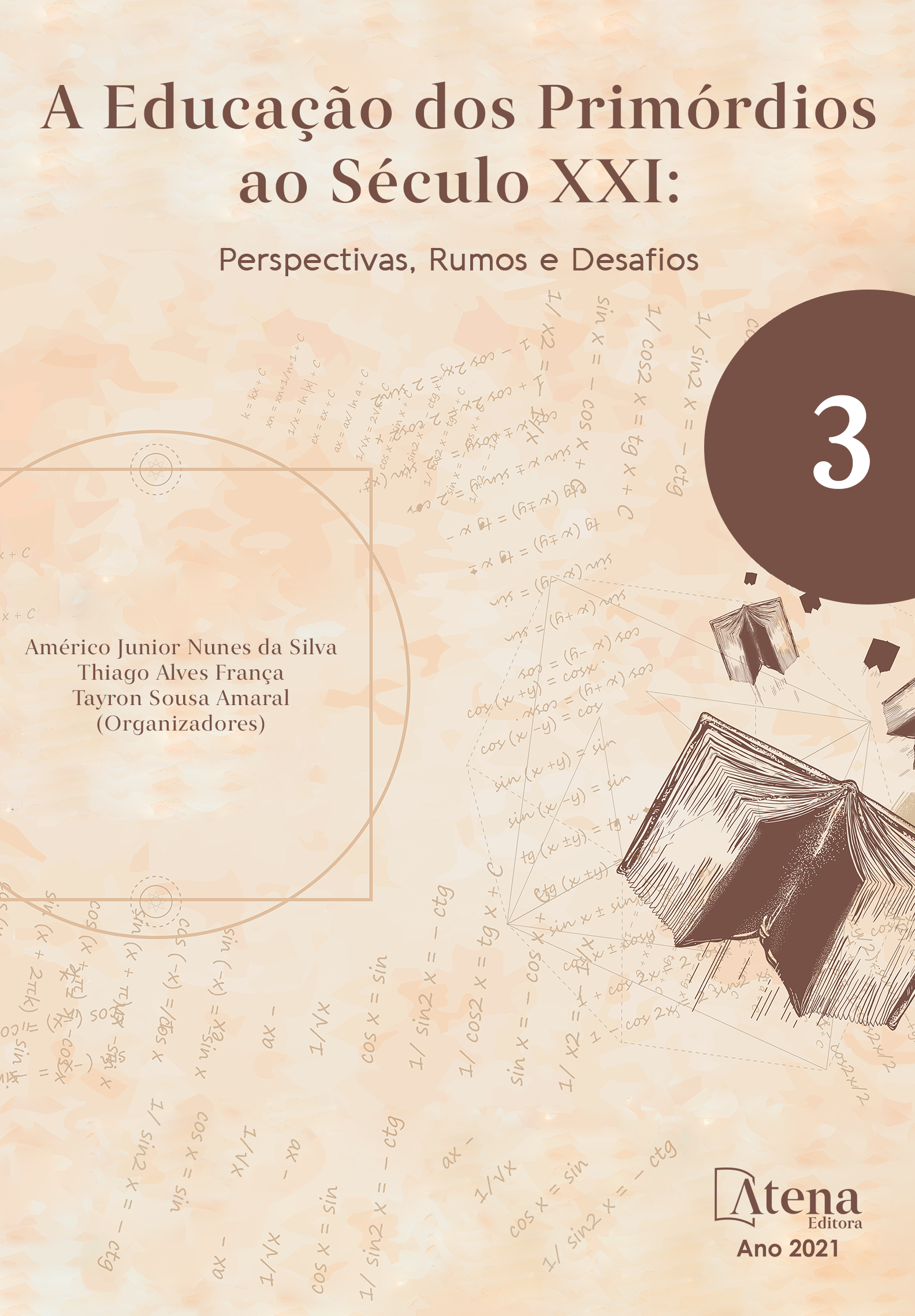
APRENDIZADO ATIVO NA ENGENHARIA: DESAFIO COM OS ALUNOS DO PRIMEIRO ANO DA USP
Muitas universidades vêm inovando suas formas de ensino com a finalidade de atrair os discentes. Experiências de implementação de metodologias ativas são relatadas apontando vantagens e desvantagens. Duas delas focadas no estudante são abordadas neste trabalho. A primeira é o aprendizado baseado em projetos (Project Based Learning, PBL) que se caracteriza pela aplicação prática do conhecimento do estudante. O segundo é a metodologia ativa de ensino da Classe Invertida (flipped classroom) o qual se baseia no aprendizado do discente por intermédio do estudo prévio fora da aula. Certamente, a Escola Politécnica da Universidade de São Paulo (EPUSP) não poderia ser diferente. A disciplina denominada de Representação Gráfica para Projeto (RGP) abriu espaço para a inovação, e, em 2014, passou a usar a estratégia de ensino ativo PBL. Os alunos agrupados em equipes de três ou quatro estudantes desenvolveram, a cada semana, uma etapa de um projeto específico. Os docentes apresentavam um resumo base teórica e os alunos o aplicavam no projeto. Em 2017, a disciplina RGP continuou com as inovações didáticas, ao acrescentar no PBL, a estratégia de ensino de Classe Invertida. As duas metodologias de aprendizagem ativa foram trabalhadas em conjunto para motivar os alunos. Nesse sentido, o presente trabalho tem como objetivo conhecer o comportamento dos discentes frente à implementação dos métodos de ensino Classe Invertida e PBL, na disciplina RGP. O acompanhamento foi realizado por intermédio de questionários aplicados aos estudantes ingressantes em 2017. Os resultados analisados indicaram que os discentes estiveram comprometidos com o estudo e com a prática de exercícios prévia à aula, pois 87% compareceram preparados, dois meses após o inicio das aulas. O trabalho desenvolvido em equipes contribuiu com o aprendizado coletivo. Porém, pelo formato das entregas, houve manifestação de estresse no andamento do projeto.
APRENDIZADO ATIVO NA ENGENHARIA: DESAFIO COM OS ALUNOS DO PRIMEIRO ANO DA USP
-
DOI: 10.22533/at.ed.47221080319
-
Palavras-chave: Metodologias ativas de ensino, Classe Invertida, PBL
-
Keywords: Active Teaching Methodologies, Flipped Classroom, PBL
-
Abstract:
Many universities have been innovating in their forms of teaching with the purpose of attracting students. Reports of experiences of implementation of active methodologies point to advantages and disadvantages. The present work looks at two of those methodologies, which are student-focused. The first one is Project-Based Learning, PBL, which is characterized by the student’s practical application of their knowledge. The second one is the Flipped Classroom active teaching methodology, which is based on the student’s learning through prior studying outside of the classroom.
Certainly, the Escola Politécnica da Universidade de São Paulo – EPUSP (Engineering School of the University of São Paulo) couldn’t be different. The subject Graphic Representation for Projects (RGP, in the acronym in Portuguese) lead the way to innovation and, in 2014, adopted the PBL active teaching strategy. The students were split into groups of three or four, and each week they’d develop a new stage of a specific project. The professors presented them with a summary of the theoretical basis which the students then applied to the project. In 2017, the RGP subject continued to innovate in didactic methodologies by introducing to the PBL the teaching strategy of Flipped Classroom.
Both active learning methodologies were applied jointly in order to motivate the students. In this sense, the goal of the present work is to understand the behavior of the students in regards to the implementation of the Flipped Classroom and PBL methods in the RGP subject. The assessment was made via questionnaires given to first-year students in 2017.
The analyzed results indicate that the students were committed to the studying as well as to the practice of exercises prior to class, since 87% of them showed up to class prepared, two months into the course. The work developed in groups contributed to the collective learning. However, due to the format for the handing-in of each step of the project, the students reported feeling stressed throughout the process.
-
Número de páginas: 15
- Luiza de Lima Sodero
- Elsa Vásquez Alvarez


